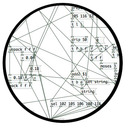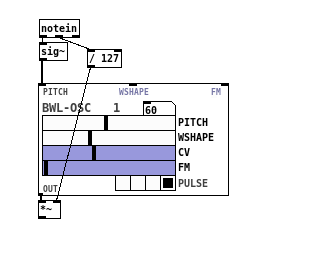-
 alexandros
posted in technical issues • read more
alexandros
posted in technical issues • read moreThat's strange. Remove the word "byte" from lines 37, 44, 45, 50, and 53. That should do it.
-
 alexandros
posted in technical issues • read more
alexandros
posted in technical issues • read moreTakes a bit of reading. You might want to check this tutorial https://drymonitis.me/wp-content/uploads/2023/09/Arduino_for_Pders.pdf
and these abstractions https://github.com/alexdrymonitis/Arduino_Pd -
 alexandros
posted in technical issues • read more
alexandros
posted in technical issues • read moreControlling digital I/O from Pd is not so difficult. What is it exactly that you are trying to do? You want to activate-deactivate digital pins?
-
 alexandros
posted in technical issues • read more
alexandros
posted in technical issues • read moreI2C is a special protocol that enables communication between devices (e.g. your Arduino with another chip). I'm not use Firmata supports I2C, but I'm pretty sure you'll be better off writing your own code (probably based on examples from the sensor you want to use). Which sensor is this?
-
 alexandros
posted in technical issues • read more
alexandros
posted in technical issues • read moreI forgot to add a division object there. The patch should be as follows:
[notein] | [/ 127] | [sig~] | [automatonism_module~]The pitch input in Automatonism takes values between 0 and 1 and multiplies them internally by 127 before sending them to [mtof].
-
-
 alexandros
posted in extra~ • read more
alexandros
posted in extra~ • read more@spluta I want to investigate the sine wave to band-limited sawtooth example a bit deeper. Is the Python code and the training dataset available? I can't seem to find it in the RTNeural_Plugin folder.
-
 alexandros
posted in technical issues • read more
alexandros
posted in technical issues • read moreIf I'm not mistaken, Miller uses Fedora. Also, he's about to release Pd-0.56, so it's a good moment to inform him about it. You should probably write to Pd's mailing list which he reads.
-
 alexandros
posted in patch~ • read more
alexandros
posted in patch~ • read moreAndy Farnell has simulated the sound of water in Pd. Check his book "Designing Sound".
-

